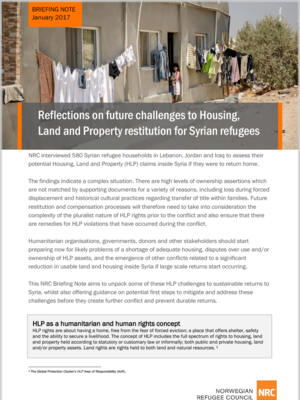Pakistan seed dealer survey
The dataset "Seed Dealer Survey" was collected to inform the research study that examines the efficiency of markets for cotton seed in Pakistan with particular emphasis on the market for genetically modified cotton seed embodying insect-resistance traits from the soil bacterium Bacillus thurigiensis (Bt) that have been conferred through genetic modification. The purpose of the seed dealer survey and seed collection was to test the seed, through DNA fingerprinting, for purity and other traits (germination, moisture etc.).






